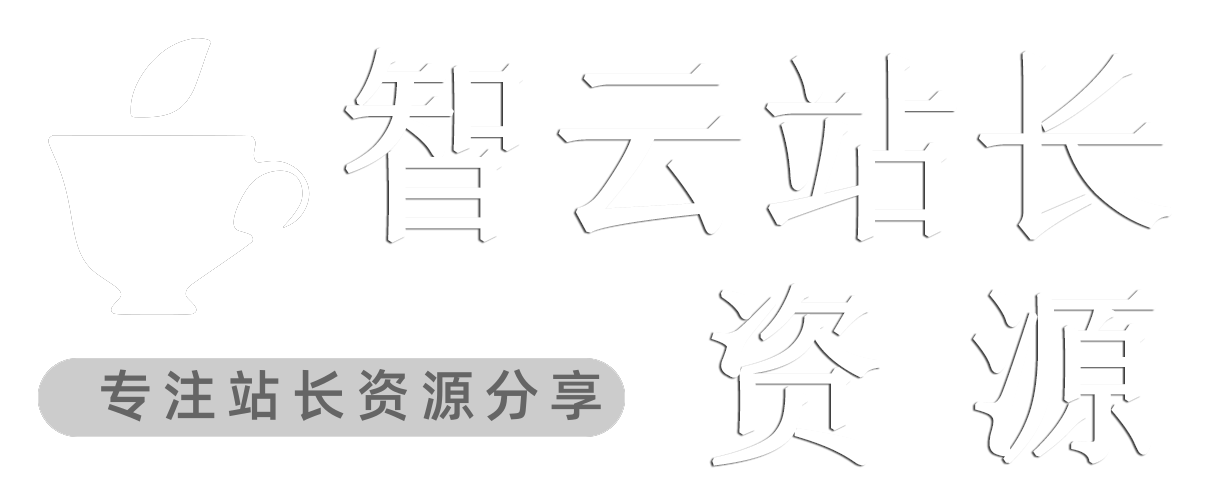父组件中:
1.setup语法糖中导入子组件
2.在子组件标签上绑定ref值
3.setup内部从vue中按需导出 getCurrentInstance 方法
4.调用getCurrentInstance方法导出proxy
5.通过proxy.$refs.子组件ref名.子组件内属性/方法 实现调用
javascript"><template>
<!-- 父组件 -->
<div>
<!-- 子组件 -->
<Child ref="child" />
<button @click="changeChildren">子组件count+1</button>
</div>
</template>
<script setup lang="ts" name="Father">
import { getCurrentInstance, ***po***InternalInstance,ref } from "vue";
import Child from "./zi.vue";
const child = ref(null)
// as ***po***InternalInstance表示类型断言,ts时使用。否则报错,proxy为null
const { proxy } = getCurrentInstance() as ***po***InternalInstance;
function changeChildren() {
proxy.$refs.child.count += 1;
//也可以使用ref数据.value的形式调用:
//child.value.count += 1
console.log(child.value.name)
}
</script>
<style scoped></style>
main.js
import api from "./utils/api.js"
import StringUtil from "./utils/StringUtil.js"
app.config.globalProperties.api = api;
app.config.globalProperties.StringUtil = StringUtil;
import {getCurrentInstance } from 'vue';
const { proxy } = getCurrentInstance();
console.log(proxy.api);
console.log(proxy.StringUtil.isBlank('1'));
方式一、通过 getCurrentInstance 方法获取当前组件实例,从而获取 route 和 router
Html
<template>
<div>
</div>
</template>
<script>
import { define***ponent, getCurrentInstance } from 'vue'
export default define***ponent({
name: 'About',
setup(){
const { proxy } = getCurrentInstance()
console.log(proxy.$root.$route)
console.log(proxy.$root.$router)
return {}
}
})
</script>
方式二:通过从路由中导入 useRoute useRouter 使用 route 和 router。 官方Api
Html
import { define***ponent } from ‘vue’
import { useRoute, useRouter } from ‘vue-router’
export default define***ponent({
setup () {
const $route = useRoute()
const
r
o
u
t
e
r
=
u
s
e
R
o
u
t
e
r
(
)
c
o
n
s
o
l
e
.
l
o
g
(
router = useRouter() console.log(
router=useRouter()console.log(route)
console.log($router)
}
})


